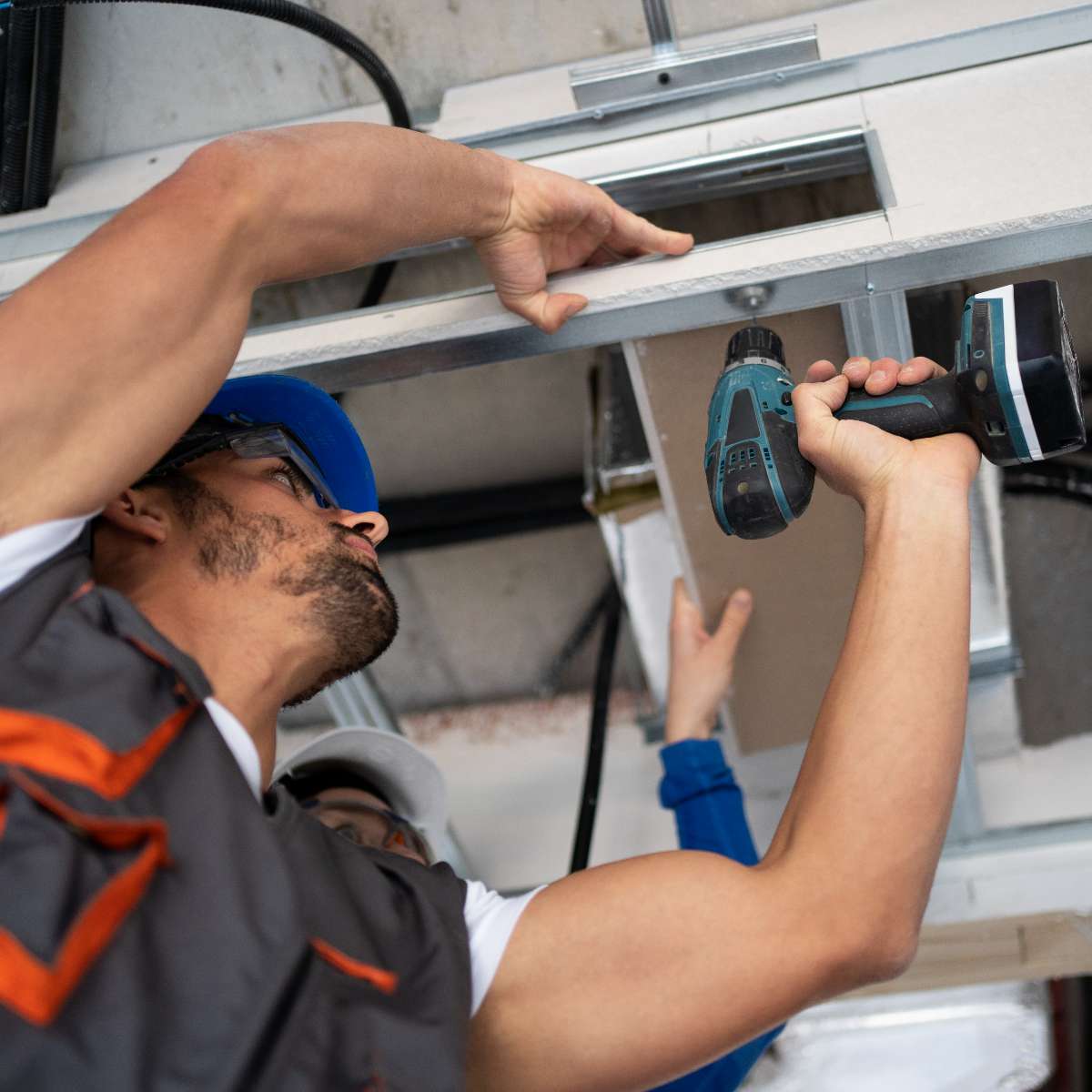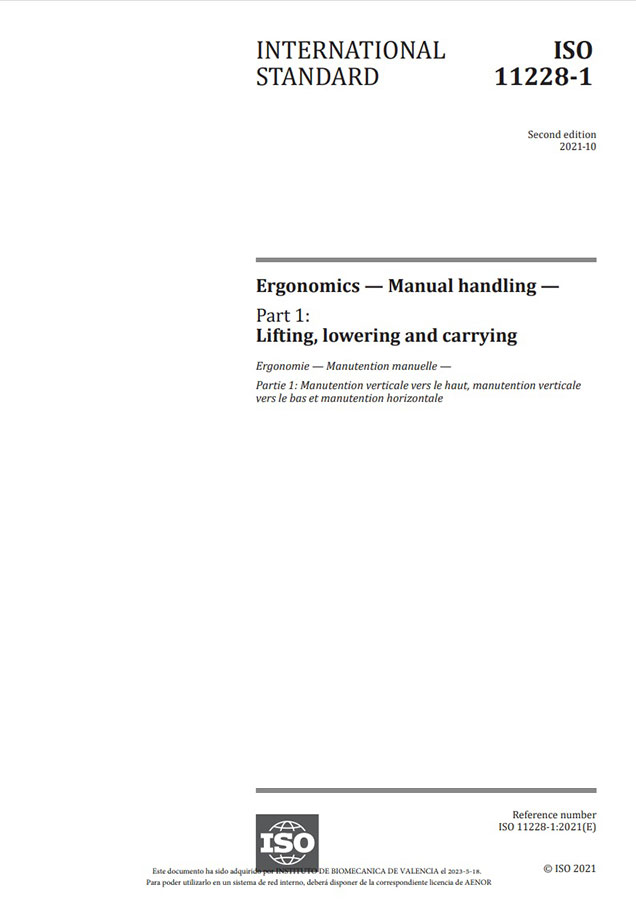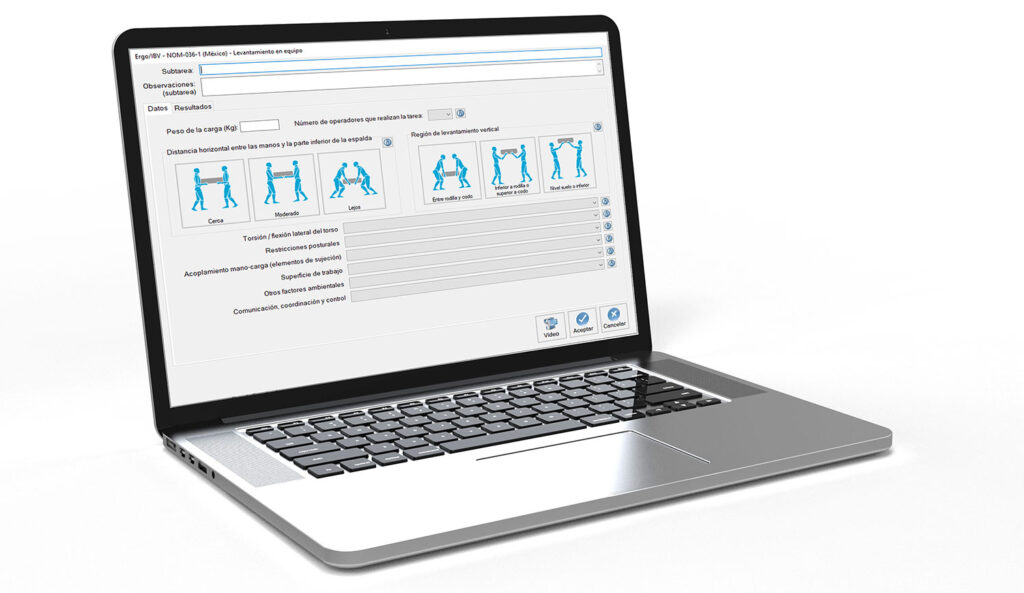Ergonomic assessment method
Ergonomic assessment methods help the ORP technician in identifying and assessing the risk factors associated with a workstation or task. The results or reports obtained will enable the technician to implement actions to redesign the workstation in order to reduce ergonomic risks.
On this page you can learn more about the different methods and how to apply them through the Ergo/IBV software, an ideal solution for streamlining assessment processes, standardising reports and improving their reliability.

Rapid assessment
ErgoCheck
Manual handling of loads
Single, multiple or variable MHLs
MHL Mexico NOM-036-1- STPS-2018
MHL, MAC and RAPP
Assessment of repetitive tasks
IBV’s Repetitive Tasks Module
Ocra Multitasking Module
Forced posture assessments
Posture Module (REBA)
Posture Module (OWAS)
Office workstation assessments
Office Module
Remote Working Module
Manual handling of patients
Manual Handling of Patients Module (MAPO)
Ergo/IBV is compatible with ergoIA, artificial intelligence software used to analyse repetitive tasks and forced postures.



